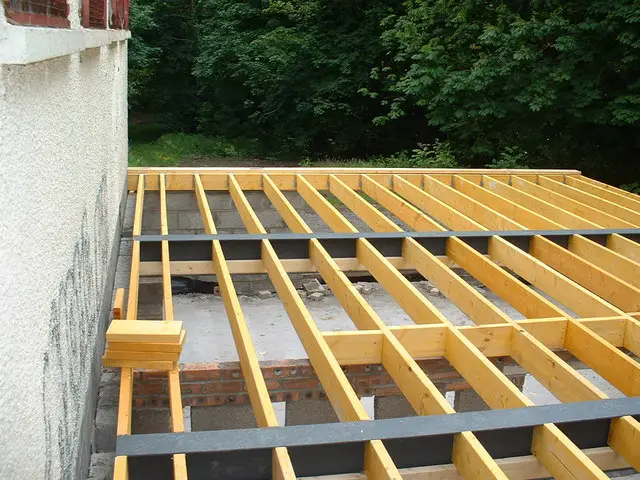Whether you’re building a house or a skyscraper, one term you will come across is “lead time.” This refers to the amount of time it takes from when you place an order for materials, fixtures, or even services until they actually arrive on-site and are ready to be used.
Why Are Lead Times Important?
Lead times are a crucial part of the construction schedule because they can significantly impact the overall timeline of your project. They are most critical if they are part of the critical path.
If an item has a long lead time and it’s not ordered early enough, it can cause delays. For example, if the custom windows you chose have a lead time of 12 weeks and they aren’t ordered until just before they are needed, your project might come to a halt until they arrive.
Here are a few other examples:
- Specialty Lighting Fixtures: Let’s say you’ve chosen some unique lighting fixtures from a specialty manufacturer. These might have a lead time of 6-8 weeks, especially if they need to be imported from abroad.
- Kitchen Cabinets: High-end or custom kitchen cabinets can have lead times ranging from several weeks to a few months. This is due to the detailed craftsmanship and finishing work required.
- Mechanical or electrical equipment like heat pumps or transformers.
- Specialty Flooring: Unique flooring materials, like imported tiles or custom hardwood floors, often require extra time for production and delivery.
- Metal Fabrications: Components like custom stairs, railings, and balusters take time to design and fabricate.
Factors Affecting Lead Times
Several factors can influence lead times, including:
- Manufacturing Time: How long it takes to produce the item.
- Shipping and Logistics: The time it takes to transport the item from the manufacturer to your construction site, which can be affected by the distance and method of shipping.
- Demand and Supply: High demand or low supply can extend lead times.
- Customization Level: Custom or bespoke items often have longer lead times compared to standard, off-the-shelf items.
- Seasonal Fluctuations: Certain times of the year can affect lead times, such as holidays or peak building seasons.
- Incorrect Shop Drawings: Several rounds of revisions to shop drawings will add to the time it takes to start fabrication.
- Holidays: The week between Christmas and New Years, Chinese New Year, and plant closures will extend production times.
Who is Responsible?
Keeping a construction project on schedule is a team effort, but the primary responsibility falls on the general contractor.
- General Contractor: If you’ve hired a general contractor (GC), they are typically responsible for managing the entire construction schedule. The GC coordinates with subcontractors and orders materials. Their expertise and experience should help them know what items currently or typically have long lead times.
- Homeowner (Self-Build): If you are self-building, you, the homeowner, take on the responsibility of managing the construction schedule. This involves coordinating with various trade contractors, ordering materials, and ensuring that everything is delivered on time. Self-building requires a high level of organization and attention to detail to keep the project running smoothly.
Managing Lead Times
To effectively manage lead times and mitigate their impact on your construction schedule, consider these strategies:
- Early Planning: Identify items with long lead times early in the planning phase and order them well in advance. How do you do this? Reach out to vendors of the products on your critical path and ask what they are seeing for lead times. Order accordingly.
- Make Selections During Design: Choose your products and finishes during the design phase. By making these decisions early, you can place orders sooner and avoid delays later in the project.
- Plan for Submittal and Shop Drawing Review Time.
- Regular Communication: Maintain open communication with suppliers and subcontractors to stay informed about any potential delays.
- Flexible Scheduling: Build some buffer time into your schedule to accommodate unexpected delays.
- Accurate Measurements: Double-check measurements before ordering custom items. If something doesn’t fit and needs to be replaced, you might face long waits for a replacement.
- Alternative Solutions: Have backup plans or alternative options in case of delays.
By planning ahead and being mindful of lead times, you can keep your construction project on track and avoid unnecessary delays.

